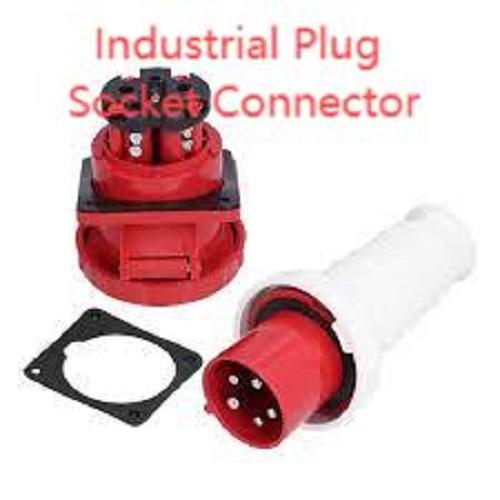Specifying devices early in a project helps avoid surprises, which is why many engineers now place the Industrial Plug Socket Connector at the center of system conversations to control safety, serviceability, and spare-part planning. Thoughtful selection also means teams often choose a specific Industrial Plug Socket Connector variant to match environments, mating cycles, and maintenance rhythms, reducing the chance of unexpected downtime.
Why the right connector choice matters
A connection point is where electrical, mechanical, and environmental demands meet. Choosing an inappropriate interface can lead to overheating, intermittent contacts, or premature wear. For continuous-process environments and mobile equipment alike, connector durability, ease of mating and unmating, and resistance to vibration or ingress directly affect system availability. Standardizing on types that match application stresses simplifies training and spares management across facilities.
Materials, contacts, and sealing strategies
Connector bodies, contact metals, and insulating housings are selected to balance conductivity, mechanical robustness, and resistance to corrosion. Contact finishes and plating are chosen to preserve low resistance across many mating cycles, while polymer housings provide thermal stability and UV resistance in exposed locations. For wet or dusty environments, integrated sealing systems, O-rings, and gaskets keep contaminants out and prolong contact life. Designers should favor solutions that allow replacement of wear items—contacts, inserts, and seals—rather than disposing of entire assemblies.
Installation and wiring best practices
Good installation reduces long-term faults. Route cables with appropriate strain relief, avoid sharp bends near terminations, and keep connectors away from direct splash or spray when possible. Ensure torque settings on threaded components meet manufacturer guidance and that keyed housings are used to prevent mis-mating. Allow space for inspection and removal so technicians can service modules without disturbing adjacent equipment. Clear labeling and color coding of circuits speed troubleshooting and reduce human error.
ConnectorPro Series: Modular Solutions for Faster Service
Modular connector platforms ease field work by enabling off-panel wiring and quick insert swaps. Systems that use replaceable contact modules and standardized housings reduce spare types and shorten downtime. Keyed inserts, visual identification marks, and removable backplates support safer, faster replacement during scheduled maintenance windows. When specifying modular lines, confirm availability of replacement modules and evaluate how quickly crews can perform common swaps under site conditions.
Inspection, testing, and lifecycle planning
Routine checks are simple but effective: visual inspection for wear, discoloration, or contamination; verification of contact resistance where appropriate; and confirmation that sealing elements remain pliable. Tracking mating cycles and failures provides data to guide procurement and determine when to replace inserts or order spares. Where possible, replace individual components rather than whole assemblies to lower waste and cost. Training technicians in correct mating technique and documenting repairs fosters consistency in care and extends service life.
Compliance and procurement considerations
Confirm that chosen connector systems meet applicable regional standards, ingress-protection expectations, and any washdown or chemical-resistance requirements. Include clear procurement notes about expected mating frequency, environmental exposure, and spare-part strategy to ensure vendors propose suitable configurations. Coordinating specifications among design, procurement, and maintenance teams reduces surprises at commissioning and keeps lifecycle costs predictable.
Practical connector selection, well-executed installation, and modest but consistent maintenance keep power interfaces reliable across a wide range of industrial settings. For product options and configuration guidance aligned with this approach, see www.nante.com/product/
